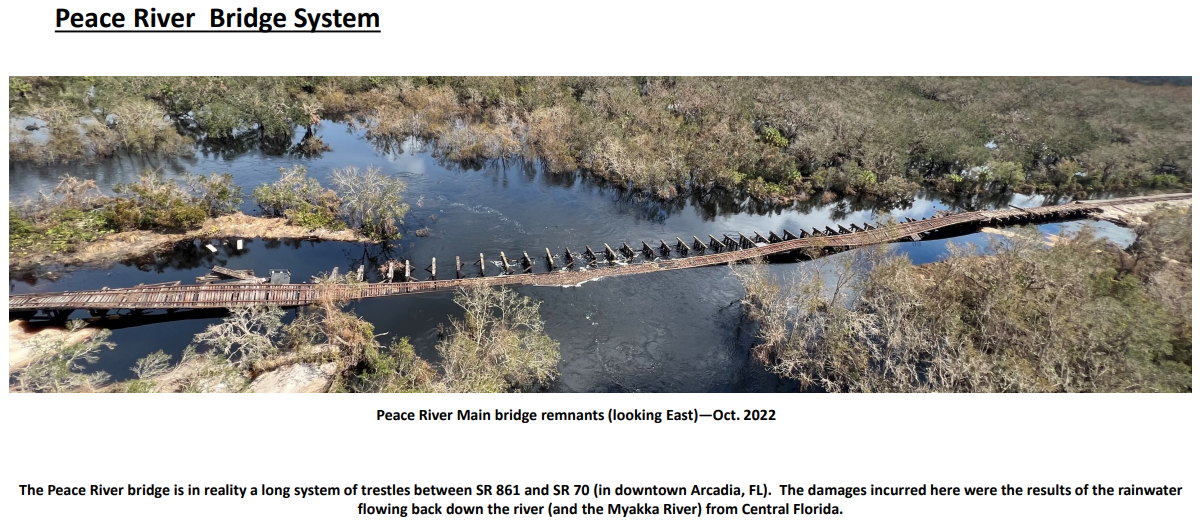Evacuations, fuel availability discussed
While the Florida Senate has wrapped-up its fact-finding work on potential improvements needed in hurricane preparation, response, and recovery following Hurricanes Ian and Nicole, the Florida House is still working away. The Senate’s proposal is incorporated in Senate Bill 250 (See our Bill Watch this edition).
Last week, the House Select Committee on Hurricane Resiliency and Recovery heard presentations by the Florida Department of Transportation (FDOT), The Florida Ports Council, Seminole Gulf Rail, and the Panhandle city of Mexico Beach. FDOT Secretary Jared Perdue discussed their mission as being the mobility of people and goods, economic prosperity, and the quality of our environment and communities, which he connected to their disaster response efforts. Due to FDOT’s efforts, 100% of roadways were cleared by November after deploying 1,200 employees for “cut and toss.” Working together, they removed about 175,000 cubic yards of debris from Hurricane Ian and reopened the Sanibel causeway with historic efficiency, much more quickly than the predicted 6-month recovery window. Representative Franklin asked about additional evacuation strategies in future storms, such as utilizing both sides of the interstate to evacuate in one direction or contraflow. Perdue explained how FDOT’s emergency shoulder strategy is much safer, flexible, and effective.

The Florida Ports Council highlighted the reliance on ports for fuel for Floridians, noting 80% of the fuel consumed by Florida comes directly from Port Everglades and Port Tampa Bay. President and CEO Michael Rubin discussed flooding and storm hardening efforts, along with Smart Pond stormwater technology, which improves water quality and provides flood resiliency. Committee Chair Grant asked about diversifying fuel resources with pipelines instead of sea ports, but Rubin emphasized the controversial nature of pipelines, due to the expensive and problematic nature of the process in building the pipelines, compared to seaports.
Robert Fay of the Seminole Gulf Railway discussed the railroad’s hurricane recovery efforts, and highlighted the railroad as a needed resource for fuel port and transportation service to the Chairman’s point about alternative pipelines. Fay said Hurricane Ian’s damage to the railway in Southwest Florida will take another 9-12 months to repair with costs in excess of $6 million, including some hardening costs. He said it’s a difficult task given the lack of federal and state funding for rebuilding privately-owned railways.

Finally, a team from the City of Mexico Beach presented on its marina resiliency efforts post-Hurricane Michael, which destroyed 95% of their infrastructure. They faced over $125 million in recovery costs for clean-up and infrastructure rebuild projects following the October 2018 Category 5 storm. They shared how the have since hardened their marina using AmorFlex and various blocks. Some major infrastructure projects have not been covered by FEMA so the city is continuing to look for state funding and grants to improve the community’s resiliency and economy.
The committee will use this and past testimony to produce a House proposal to accompany SB 250 for consideration by the full legislature.
LMA Newsletter of 3-13-23

